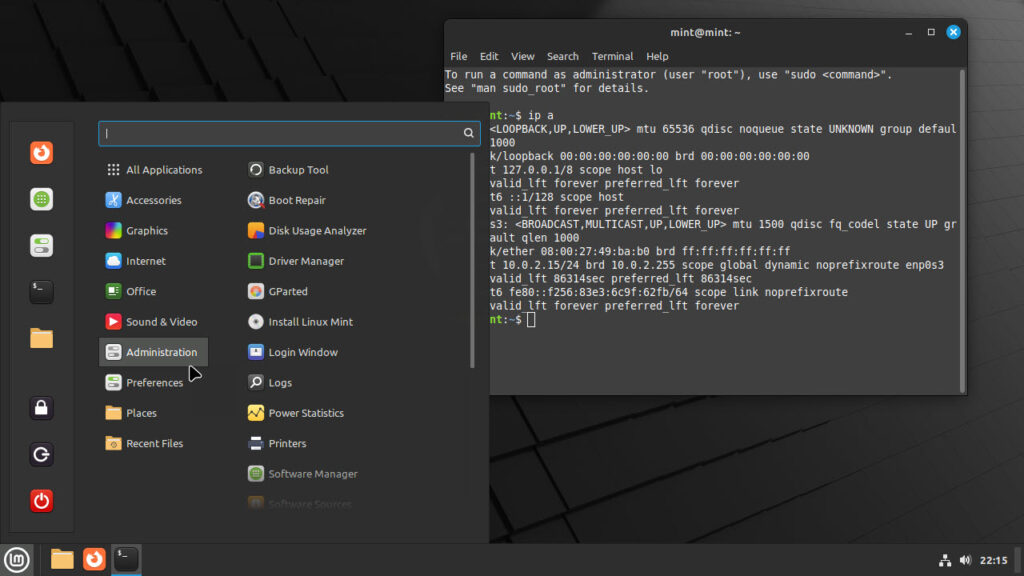Building on the foundational tips, let’s dive deeper into advanced techniques to elevate your Linux server management skills:
1. Containerization with Docker:
- Isolate Applications: Create lightweight, portable containers to isolate applications and their dependencies.
- Efficient Resource Utilization: Optimize resource usage by running multiple containers on a single host.
- Rapid Deployment: Deploy applications quickly and consistently across different environments.
2. Orchestration with Kubernetes:
- Manage Container Clusters: Automate the deployment, scaling, and management of containerized applications.
- High Availability and Scalability: Ensure high availability and scalability through load balancing, auto-scaling, and self-healing mechanisms.
- Complex Deployments: Handle complex deployment scenarios with ease, including rolling updates, canary deployments, and A/B testing.
3. Serverless Computing with Functions as a Service (FaaS):
- Event-Driven Architecture: Develop and deploy small, independent functions triggered by events.
- Pay-Per-Use Model: Optimize costs by paying only for the compute time used.
- Scalability and Elasticity: Automatically scale your functions to handle varying workloads.
4. Continuous Integration and Continuous Delivery (CI/CD):
- Automated Builds and Tests: Automate the building, testing, and deployment of your applications.
- Faster Time to Market: Reduce deployment time and increase release frequency.
- Improved Quality: Ensure code quality and consistency through automated testing and linting.
5. Security Best Practices:
- Regular Security Audits: Conduct regular security audits to identify and address vulnerabilities.
- Strong Password Policies: Enforce strong password policies for all user accounts.
- Firewall Configuration: Configure your firewall to block unnecessary ports and traffic.
- Intrusion Detection Systems (IDS): Implement IDS to detect and respond to security threats.
- Regular Patching: Keep your system and software up-to-date with the latest security patches.
6. Performance Optimization:
- Monitor System Resources: Use tools like
htop,vmstat, andtopto monitor CPU, memory, and disk usage. - Optimize Database Queries: Write efficient SQL queries and optimize database indexes.
- Caching: Implement caching mechanisms to reduce database load and improve response times.
- Load Balancing: Distribute incoming traffic across multiple servers to improve performance and scalability.
7. Automation with Scripting:
- Shell Scripting: Write shell scripts to automate repetitive tasks and streamline server management.
- Python Scripting: Use Python for more complex automation tasks and system administration.
- Ansible and Puppet: Leverage configuration management tools to automate infrastructure provisioning and configuration.
By mastering these advanced techniques, you can take your Linux server management skills to the next level and build robust, scalable, and secure infrastructure.




